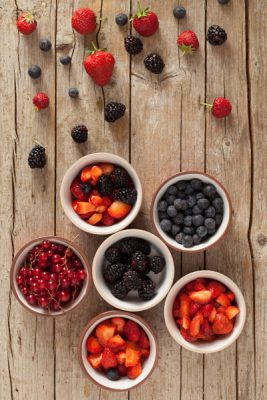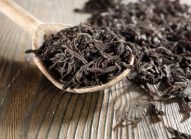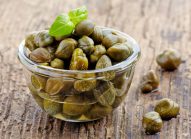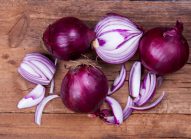- Polyphenols are only found in plants
- Over 500 polyphenols have been identified in edible plants
- The most well-known sources are red wine, tea, dark chocolate, and onions
- They are powerful antioxidants
- They defend plants against aggressions
- They are more resilient than vitamins
Why should we
eat some daily?
Polyphenols are a family of water-soluble molecules found in abundance in plants. They are characterized by the presence of several phenolic groups forming a more or less complex structure with a generally high molecular weight. These phytonutrients are used by plants for their defense mechanisms against external aggressions.
Humans can draw numerous benefits from them if they obtain them from a variety of sources. In fact, while some polyphenols, such as quercetin, are present in all plants, others are found only in certain foods. This is the case of anthocyanins found in certain berries, drupes, and accessory fruits, and of indole found in cabbage.
What is
their role?
We do not yet know all of the benefits of polyphenols, as they make up a large, complex family. However, we do know that most of them are powerful antioxidants that help fight the damage caused by free radicals. Their role of shield prevents cell oxidation, which helps fight against cellular aging. They are namely known for their preventive effects against inflammatory, cardiovascular, and neurodegenerative diseases, as well as certain types of cancer.
Polyphenols also play a role in the flavor and color of foods! For example, among flavonoids, the flavonone sub-group makes grapefruits taste bitter, tannins are responsible for the astringency of various fruits (skin and seeds of grapes), and anthocyanins give red berries their color.

Where are
they found?
Today, out of the thousands of polyphenols that have been identified, more than 500 are found in edible plants. The most well-known families are flavonoids and tannins. The four main groups of flavonoids are flavones such as quercetin (the most studied of flavonoids), flavonones, flavanols such as catechin, and anthocyanins. Resveratrol, which is a stilbenoid, is also a well-known polyphenol, partly because it is used in the cosmetics industry, but most of all because it is the polyphenol found in red wine!
Polyphenols
in vegetables
- Foods with the highest polyphenol content: tea (green or black), grapes, soybeans, and some berries, drupes, and accessory fruits (such as blackcurrant, blueberries, and cherries)
- Foods with the highest quercetin content: capers (181 mg/100 g), raw yellow hot peppers (51 mg/100 g), cocoa powder and raw red onions (20 mg/100 g), wild blueberries (18 mg/100 g), blackcurrant (6 mg/100 g), raw apples with the skin (4.4 mg/100 mg), raw broccoli (3.2 mg/100 g)
- Foods with the highest catechin content: green tea (65.7 mg/100 mL), black tea (49.5 mg/100 mL)
- Foods with the highest anthocyanin content: eggplants (750 mg/100 g), cherries (350-400 mg/100 g), blueberries and red currant (80-420 mg/100 g), blackberries (115 mg/100 g), red grapes (30-750 mg/100 g)
- Foods with the highest resveratrol content: pinot noir grape variety (5.4 mg/L on average and up to 11.9 mg/L)
Did you know? Persimmons are the champions of polyphenols, as they contain 1 g of polyphenols per 100 g of fruit.
Preconceived notions
about polyphenols
Like a splash of milk in your tea? Polyphenols surely don’t! The seemingly harmless act of adding milk may cause polyphenols to polymerize and precipitate, rendering them unavailable for absorption. In this case, they become visible deposits inside the container. Do not mix them with a source of proteins (such as milk and eggs).
What are
their particularities?
They are SUPER-nutrients! Polyphenols have no known weak points as of now, which makes sense since their role is to protect plants. Unlike vitamins, polyphenols are not sensitive to oxidation or light, and keep well inside the foods we eat, even after cooking.
What if I eat
too much or too little?
Like with all antioxidants, a polyphenol deficiency can lead to excess oxidative stress, which causes cellular aging. On the long term, this increases the risk of chronic diseases such as cardiovascular diseases and certain types of cancer.



 Bean sprouts
Bean sprouts  Millet
Millet  Vegetable garden: growing lentil
Vegetable garden: growing lentil 














